.jpg)
FEAR ITSELF
Season 1 Episode 5
“Eater”
Written by Richard Chizmar & Jonathon Schaech
Directed by Stuart Gordon
Now, this one was also an episode I looked forward to, primarily because Richard Chizmar and Jonathon Schaech were also responsible for the script to Masters of Horrors entry, “The Washingtonians,” one of Season 2’s best episodes.
And yeah, Stuart Gordon (Re-Animator, From Beyond) ain’t too shabby neither.

Danni Bannerman (Mad Men’s Elisabeth Moss) is both a horror geek and a rookie, still-on-probation cop, neither of which endears her to her fellow police officers. Constantly ridiculed and insulted by her male co-workers, Danni (along with two other cops) winds up on the graveyard shift, on the night when Cajun Dwayne Miller (Stephen R. Hart) is being held at the station, the FBI set to take him into custody the next morning.
Miller’s the eponymous “eater,” a serial killer who’s killed 32 people over the past two years. And not only does he murder his victims, but as his designation indicates, he eats them as well.
Females get the worst of Miller’s attentions, kept alive as he gradually consumes them over a protracted period of time.
With that sordid set-up, “Eater” seemed like it could have been a crackling hour of Fear Itself.
Sadly, what it ends up being is a partial success.
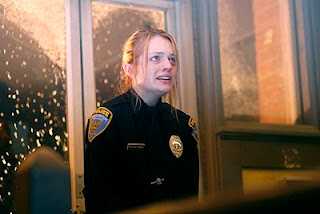
In the pros column, most definitely, Gordon’s directing, which, for the most part keeps the tension palpable, utilizing a multitude of Dutch angles and successfully exploiting the single setting (the largely deserted police station). In this, Gordon succeeds where John Landis failed with “In Sickness and In Health.”
The script itself though, is passable without being distinguished. It also doesn’t come close to “The Washingtonians.”
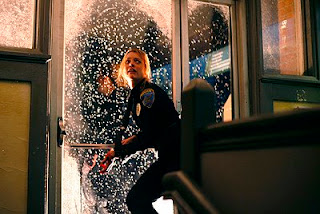
While the narrative being pretty much transparent is hardly desirable, it’s still preferable over the two cheats that take place over the course of the episode (the first involving the Sarge—played by Lincoln Heights' Russell Hornsby—and the second taking place in the climax).
This is the kind of annoying tactic that blatantly defies logic in an attempt to keep the audience in the dark. The episode would have probably played that much better if these cheats could have somehow been avoided. (And if we could have skipped the silly remix version of Miller’s chant, things would’ve looked all the brighter…)

Ultimately, though “Eater” may hold the distinction of being the most suspenseful FI entry thus far, it’s still not as solid an episode as “Family Man.”
Parting shot: A review of the Masters of Horror episode, “The Washingtonians,” can be found in the Archive.
(Images courtesy of nbc.com.)
Season 1 Episode 5
“Eater”
Written by Richard Chizmar & Jonathon Schaech
Directed by Stuart Gordon
Now, this one was also an episode I looked forward to, primarily because Richard Chizmar and Jonathon Schaech were also responsible for the script to Masters of Horrors entry, “The Washingtonians,” one of Season 2’s best episodes.
And yeah, Stuart Gordon (Re-Animator, From Beyond) ain’t too shabby neither.

Danni Bannerman (Mad Men’s Elisabeth Moss) is both a horror geek and a rookie, still-on-probation cop, neither of which endears her to her fellow police officers. Constantly ridiculed and insulted by her male co-workers, Danni (along with two other cops) winds up on the graveyard shift, on the night when Cajun Dwayne Miller (Stephen R. Hart) is being held at the station, the FBI set to take him into custody the next morning.
Miller’s the eponymous “eater,” a serial killer who’s killed 32 people over the past two years. And not only does he murder his victims, but as his designation indicates, he eats them as well.
Females get the worst of Miller’s attentions, kept alive as he gradually consumes them over a protracted period of time.
With that sordid set-up, “Eater” seemed like it could have been a crackling hour of Fear Itself.
Sadly, what it ends up being is a partial success.

In the pros column, most definitely, Gordon’s directing, which, for the most part keeps the tension palpable, utilizing a multitude of Dutch angles and successfully exploiting the single setting (the largely deserted police station). In this, Gordon succeeds where John Landis failed with “In Sickness and In Health.”
The script itself though, is passable without being distinguished. It also doesn’t come close to “The Washingtonians.”

While the narrative being pretty much transparent is hardly desirable, it’s still preferable over the two cheats that take place over the course of the episode (the first involving the Sarge—played by Lincoln Heights' Russell Hornsby—and the second taking place in the climax).
This is the kind of annoying tactic that blatantly defies logic in an attempt to keep the audience in the dark. The episode would have probably played that much better if these cheats could have somehow been avoided. (And if we could have skipped the silly remix version of Miller’s chant, things would’ve looked all the brighter…)

Ultimately, though “Eater” may hold the distinction of being the most suspenseful FI entry thus far, it’s still not as solid an episode as “Family Man.”
Parting shot: A review of the Masters of Horror episode, “The Washingtonians,” can be found in the Archive.
(Images courtesy of nbc.com.)

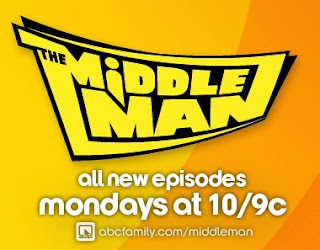

+1+blog.jpg)
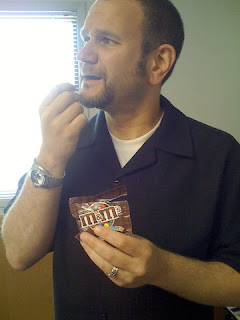.jpg)
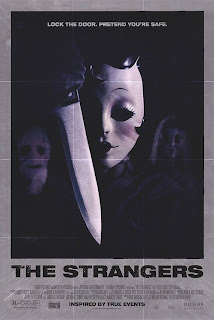.jpg)
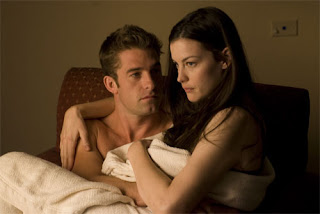+7.jpg)
+2.jpg)
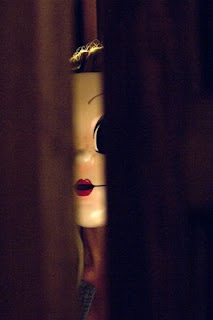.jpg)
+2.jpg)
+blog.jpg)
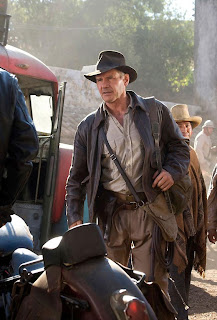+1+blog.jpg)
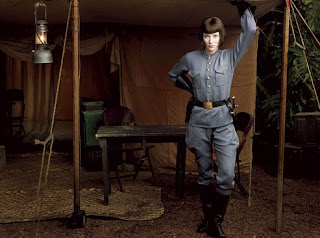+blog.jpg)
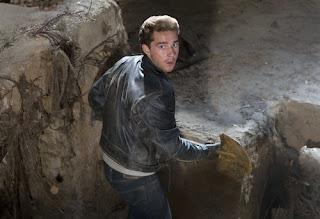.jpg)
+2+blog.jpg)
.jpg)
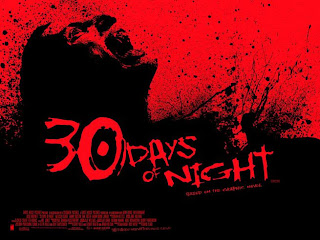+uk+blog.jpg)
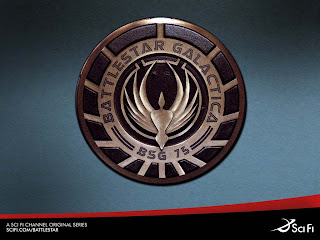
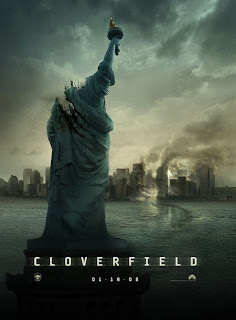.jpg)
+collage+blog.jpg)
.jpg)
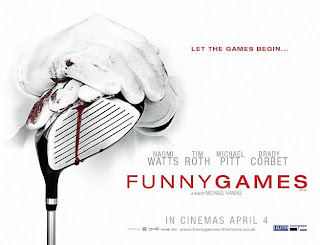+3.jpg)
.jpg)
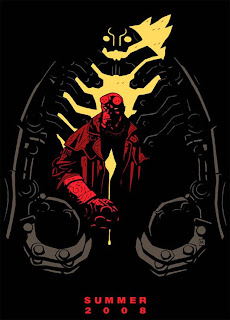+mignola.jpg)
+1+blog.jpg)
+blog.jpg)
+s4+blog.jpg)
+1+blog.jpg)
+5.jpg)
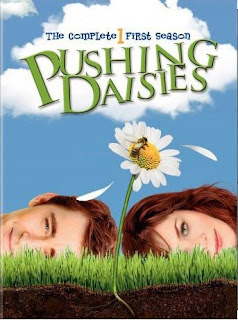+dvd+blog.jpg)
+2+blog.jpg)
+os1.jpg)
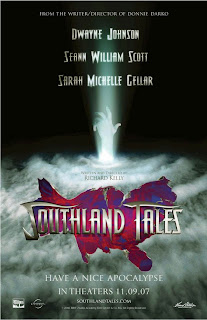+blog.jpg)
.jpg)
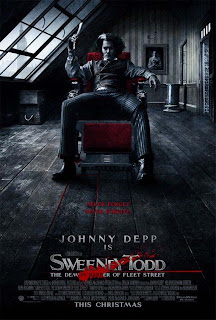+2+blog.jpg)
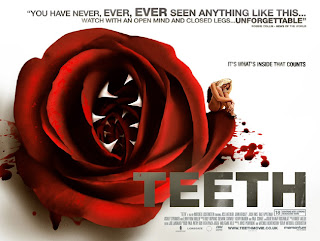+2+blog.jpg)
+(aicn).jpg)
+hellboy+(BLT+%26+Associates).jpg)
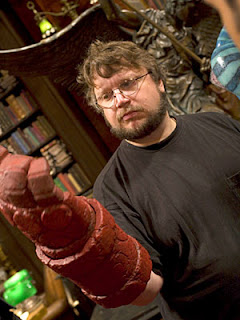.jpg)
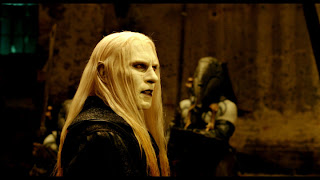+3.jpg)
+1+blog.jpg)
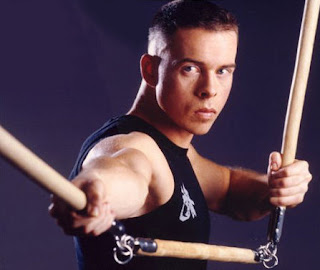+1.jpg)
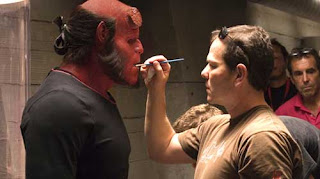.jpg)
+aod.jpg)
+9+princess+nuala.jpg)





